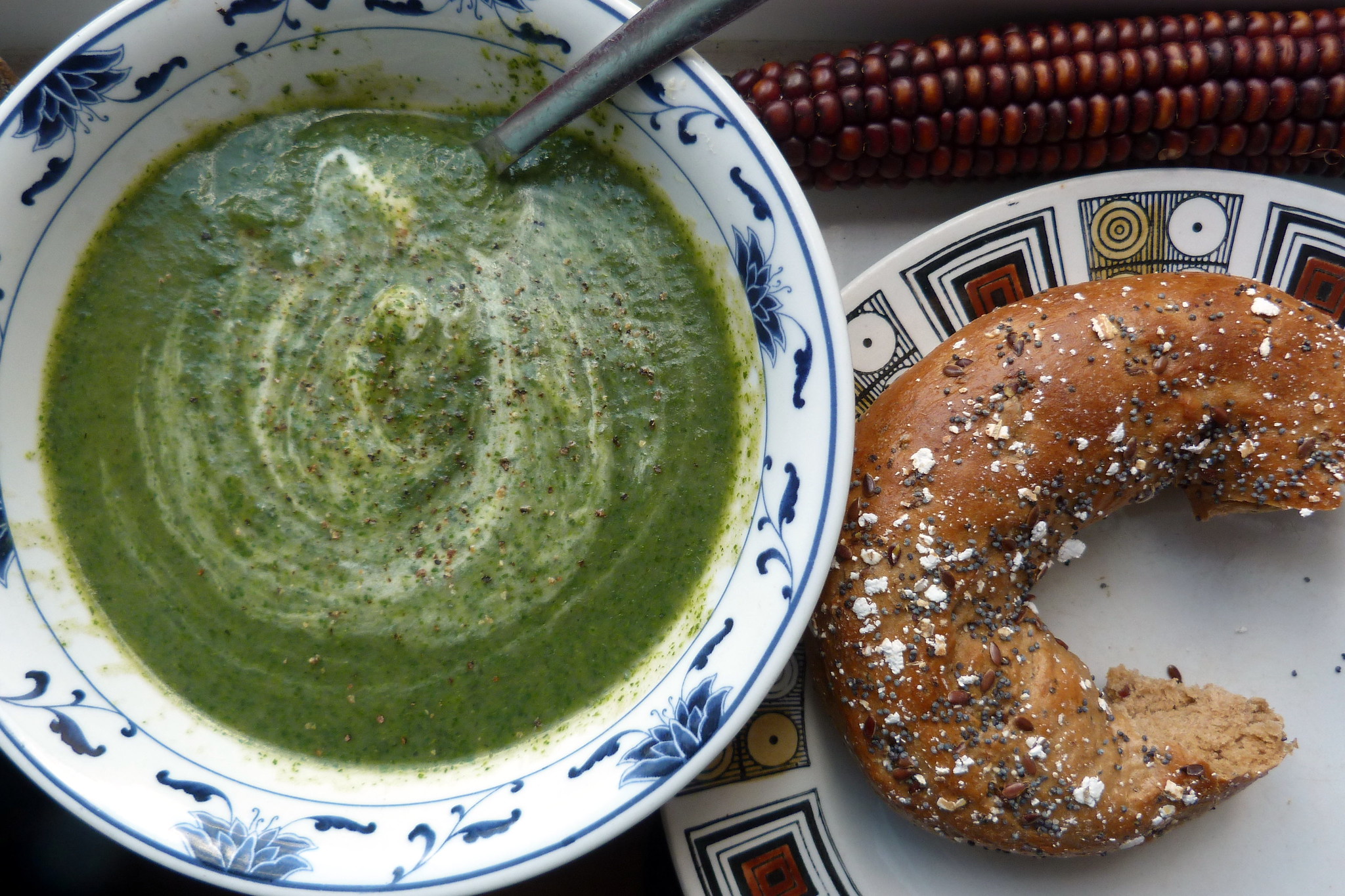Before supermarkets and global supply chains, the arrival of spring meant one thing in kitchens across Europe – time to forage. And nothing signals the earth’s reawakening more vividly than the sting of a nettle!
For centuries, nettles have been among the first wild greens to push through the soil after winter, and their arrival is met not with caution, but with culinary joy – especially in the form of nettle soup.
The idea of eating something that stings may seem counterintuitive, but nettles – once cooked – lose their sting entirely and become soft, earthy and almost spinach-like in flavour.
For much of history, this humble plant was a lifeline, offering nutrients and vitality when little else was growing. Packed with iron, calcium and vitamins, nettles provided a welcome tonic after the nutrient-poor months of winter.
Nettle soup is one of the oldest foraged dishes in northern and central Europe, with written records dating back to at least the 9th century. In Britain, Ireland, Germany, Scandinavia and the Baltic states, nettles were harvested carefully then simmered into broths that were restorative and richly green. Early versions might have included leeks, onions, oats, or even eggs – whatever was available to stretch the soup and feed a household.
Over time, nettle soup evolved from necessity to tradition. In Ireland, it was once eaten ritually on May Day, believed to bring protection and health. In Scandinavia, it’s still considered a seasonal delicacy. And with the rise of interest in wild food and sustainability, nettle soup is enjoying a quiet resurgence – a dish that bridges the past with contemporary concerns around eating locally and reducing waste.
While nettle soup has deep roots in various European and Middle Eastern culinary traditions, its presence in Cypriot cuisine is less pronounced. The island’s mild winters and early springs foster an abundance of wild greens. However, specific references to nettle soup within traditional Cypriot cuisine are limited; nettles have not emerged as a distinct, celebrated dish like in other cultures.
The preparation of the soup remains remarkably simple. Nettles are carefully rinsed and blanched, then cooked down with potatoes, onions or leeks and stock – often finished with cream or butter for richness. The result is a soup that’s bright green and silky, with a flavour that’s mild, grassy and oddly comforting. Some modern recipes add herbs like parsley or wild garlic, enhancing the soup’s fresh, spring-like quality.
Though rarely found on restaurant menus, nettle soup holds a place in the hearts of those who grew up with it – or have discovered the pleasure of picking their own food. It speaks to a slower rhythm of life, one that watches the hedgerows and knows when the seasons change not by the calendar, but by what’s growing underfoot.







Click here to change your cookie preferences